Don't Toss Them: 25 'Bad' Vegetables That Are Actually Kidney Superstars
Let’s be honest—so many of us have banished certain vegetables from our kitchens, convinced that they’re either too starchy, too gassy, or just plain “bad” for us. Maybe you’ve been told white potatoes are an indulgence best left off your plate, or that nightshades like tomatoes will do more harm than good. It’s easy to let old food myths keep us from enjoying a rainbow of produce, especially when we’re trying to take good care of our kidneys. But here’s some heartening news: many vegetables once unfairly maligned are not only safe for most people, but actually have powerful benefits for kidney health when prepared and enjoyed mindfully.
1. White Potatoes: Poor Reputation, Surprising Kidney Support

It’s hard to think of a vegetable more misunderstood than the classic white potato. Too often, it’s dismissed as an unhealthy starch, best enjoyed rarely—if at all. But that reputation is based more on how we prepare potatoes (think fries and chips) than on the nutrition locked inside their humble skins. When baked or boiled and eaten with the skin, white potatoes offer impressive potassium and vitamin C content, both supportive of normal kidney function and fluid balance. They’re also a good source of fiber, which can help slow the absorption of sugars and promote steady energy—key for metabolic health and, in turn, kidney wellness. For those with advanced kidney disease, potassium intake may require careful management, but for most people, enjoying a moderate serving of baked potato—with minimal salt and plenty of herbs—gently supports hydration and nutrient replenishment. Swapping fried forms for oven roasting, leaving the skin on, and pairing with non-starchy veggies lets you savor their natural goodness, guilt-free. Instead of tossing those spuds, give them a simple second act alongside your favorite lean proteins and greens.
2. Sweet Potatoes: Carb Myths, Kidney Benefits
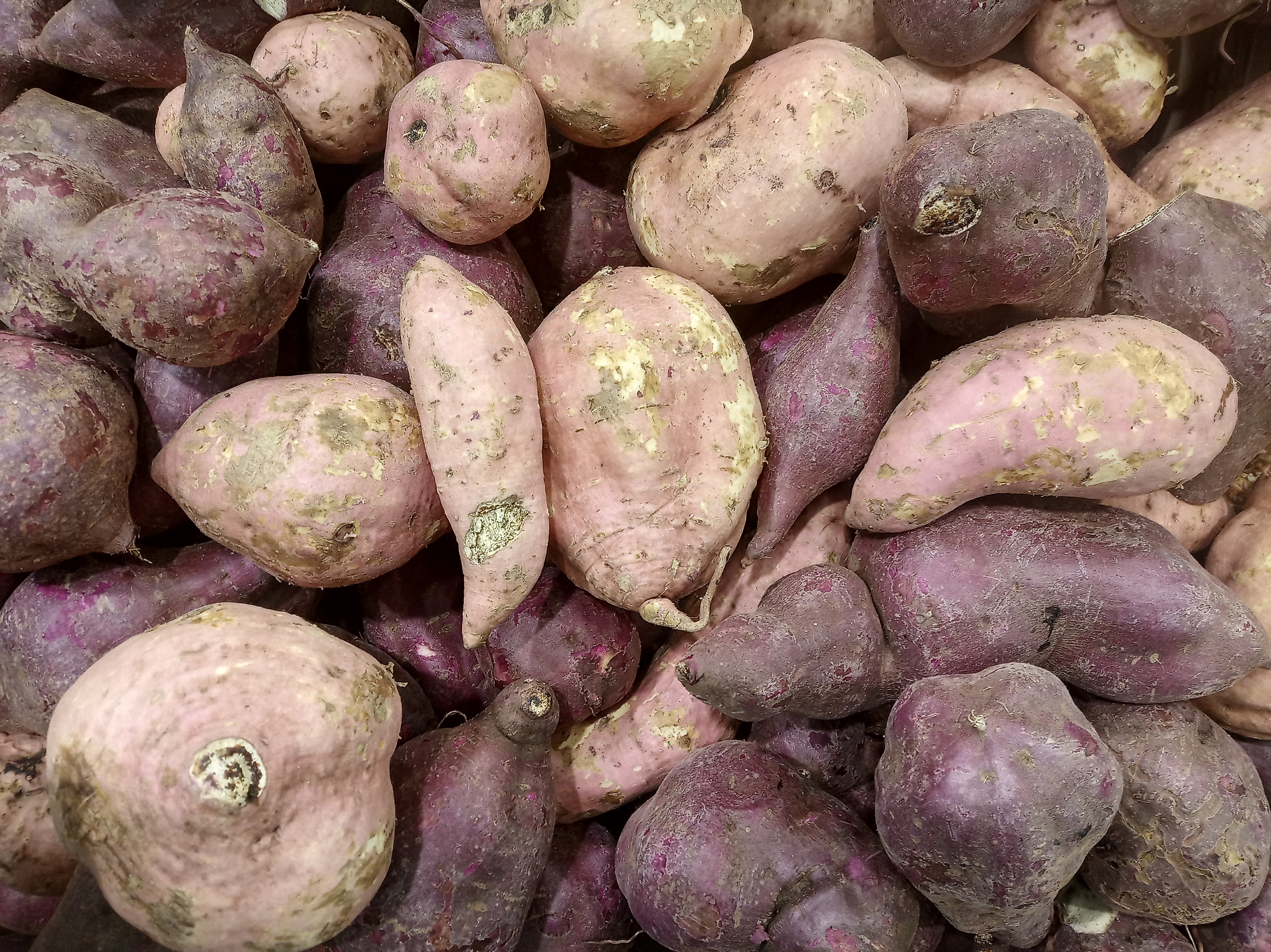
Sweet potatoes often get lumped in with “forbidden” carbs, but they’re not just a holiday treat. Their natural sweetness and vibrant flesh signal what’s inside—fiber, vitamin A, potassium, magnesium, and antioxidants, all of which help support kidney and cellular health. The fiber helps regulate blood sugar spikes and supports healthy digestion, while potassium can actually help the kidneys maintain a healthy balance of fluids and electrolytes. Not all portions are created equal—baking, steaming, or roasting sweet potatoes brings out their flavor without adding extra calories, and small servings fit nicely into a balanced meal. The natural carb content shouldn’t scare you off; it’s about portion and preparation, not perfection. Sprinkle with cinnamon or cumin, or try them diced in a veggie hash for a comforting, nourishing side. For many, sweet potatoes are not just safe, but a deeply satisfying kidney ally.
3. Tomatoes: Nightshade Nonsense, Renal Ally
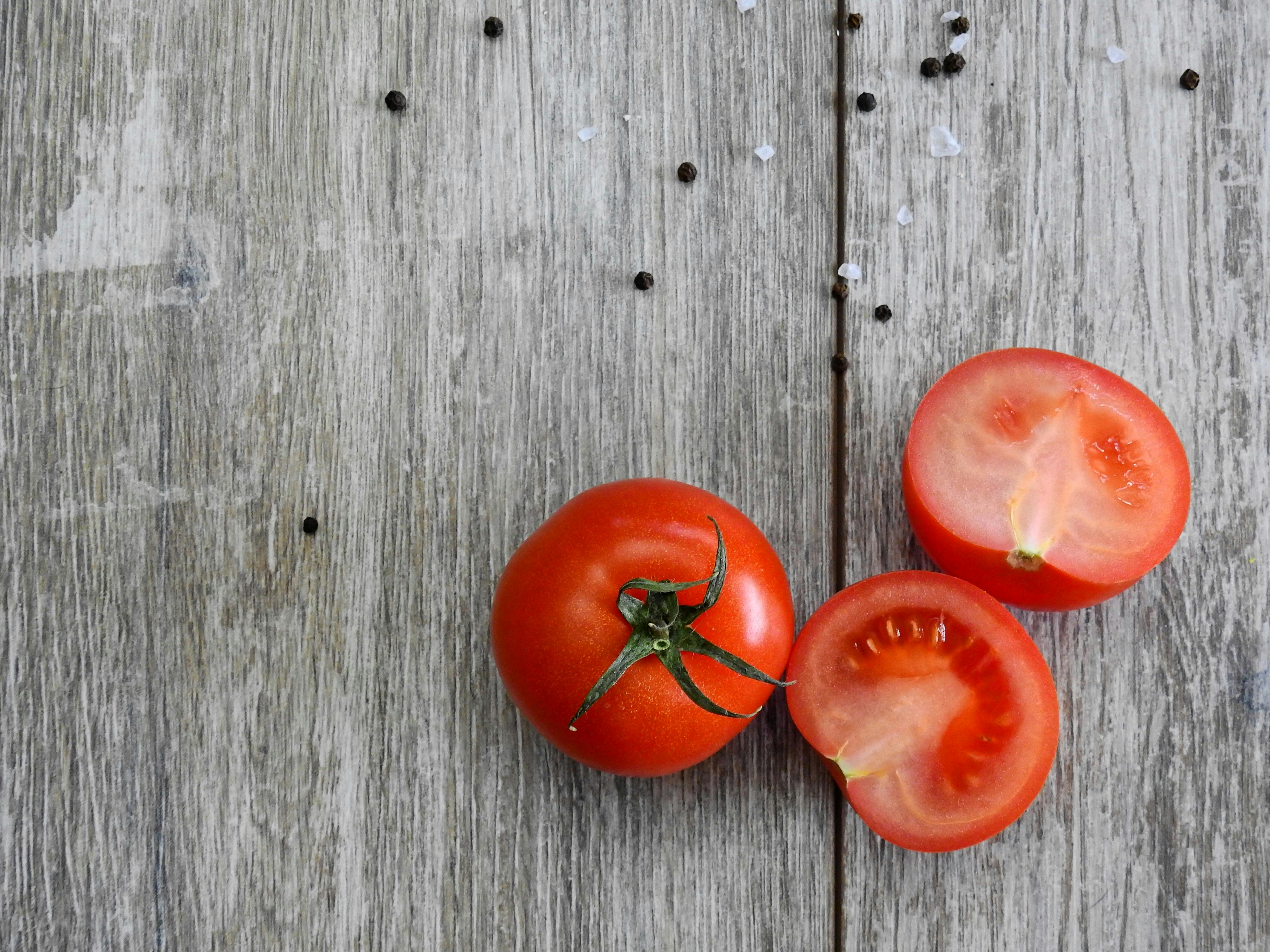
Tomatoes have earned their share of doubters, mostly due to their status as nightshades and stories about their acidity. Some worry that tomatoes are inflammatory or hard on the kidneys, but science tells a friendlier tale. Bursting with hydration, vitamin C, and the antioxidant lycopene, tomatoes actually help cool inflammation and protect delicate kidney tissues from oxidative stress. Lycopene, in particular, has been shown to support the health of cells throughout the body, including within the renal system, while encouraging a balanced inflammatory response. Preparing tomatoes raw for salads, slicing for sandwiches, or simmering into homemade sauces unlocks their nutrients and brings fresh flavor to your plate. If you’ve skipped tomatoes due to acid fears, try pairing them with a drizzle of olive oil or mild goat cheese—they’ll feel gentler yet just as vibrant. For most kidneys, tomatoes are a welcome ally, especially when enjoyed as part of a colorful, produce-rich diet.
4. Spinach: Oxalate Overworry, Real-World Benefits
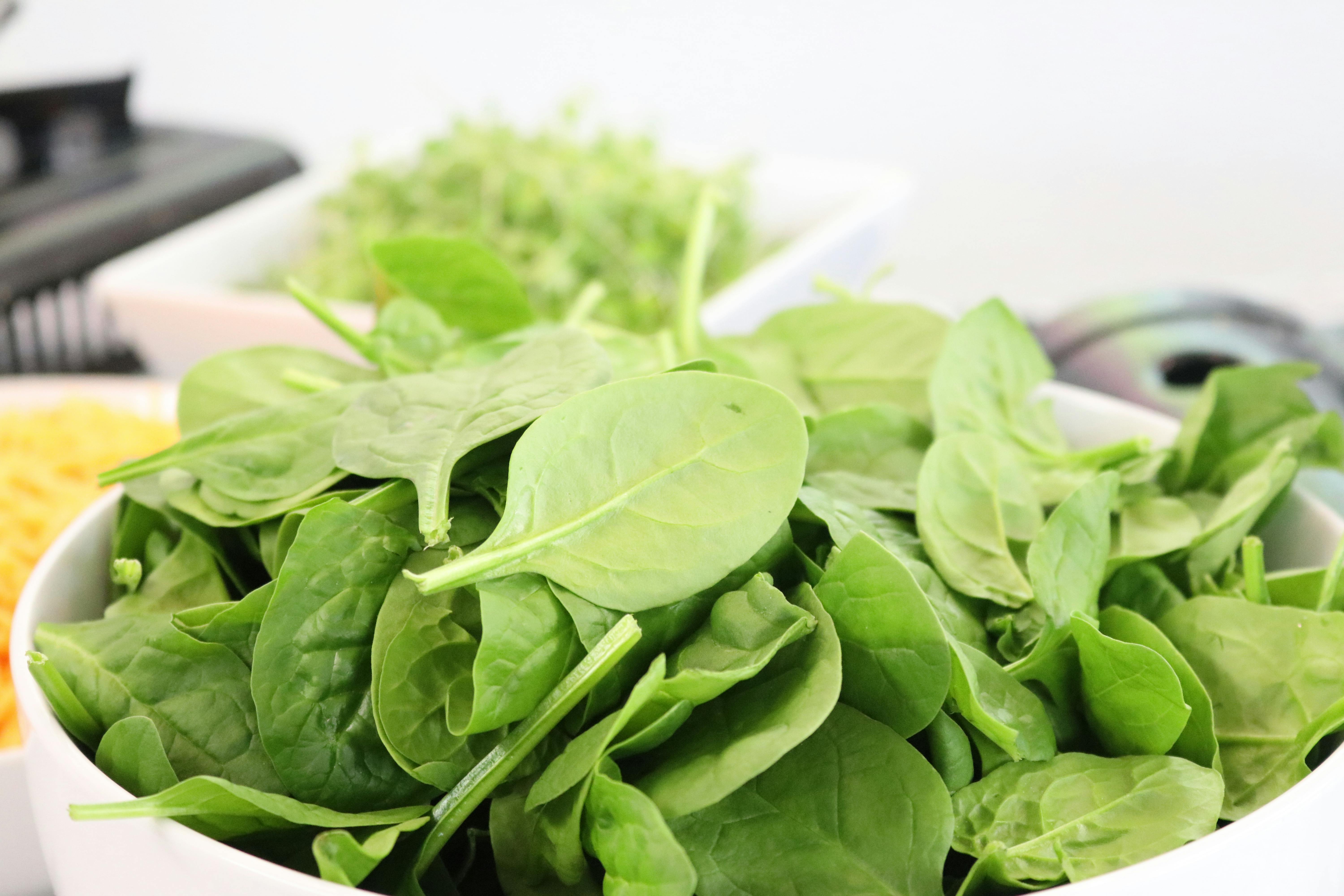
Spinach sometimes lands on the “don’t eat” list because it’s high in oxalates—compounds that, in large amounts, could increase kidney stone risk for susceptible individuals. But for people without a history of kidney stones, spinach is a nutrient powerhouse, packed with iron, folate, magnesium, plus vitamins A and K. Its high fiber content supports healthy digestion and can gently help your kidneys process waste. Moderation is key if you’re sensitive, but for most, including a modest serving of spinach a few times each week is a smart way to deliver concentrated nutrients. If you’re still concerned about oxalates, consider blanching spinach in hot water before eating or blending it into smoothies—these steps can lower oxalate concentration without sacrificing valuable nutrition. The key is variety; rotating spinach with other leafy greens not only reduces risk but brings delicious new flavor into your meals. Spinach’s reputation doesn’t need to overshadow all its gentle, kidney-friendly potential.
5. Broccoli: Bloat Fears, Detox Powers
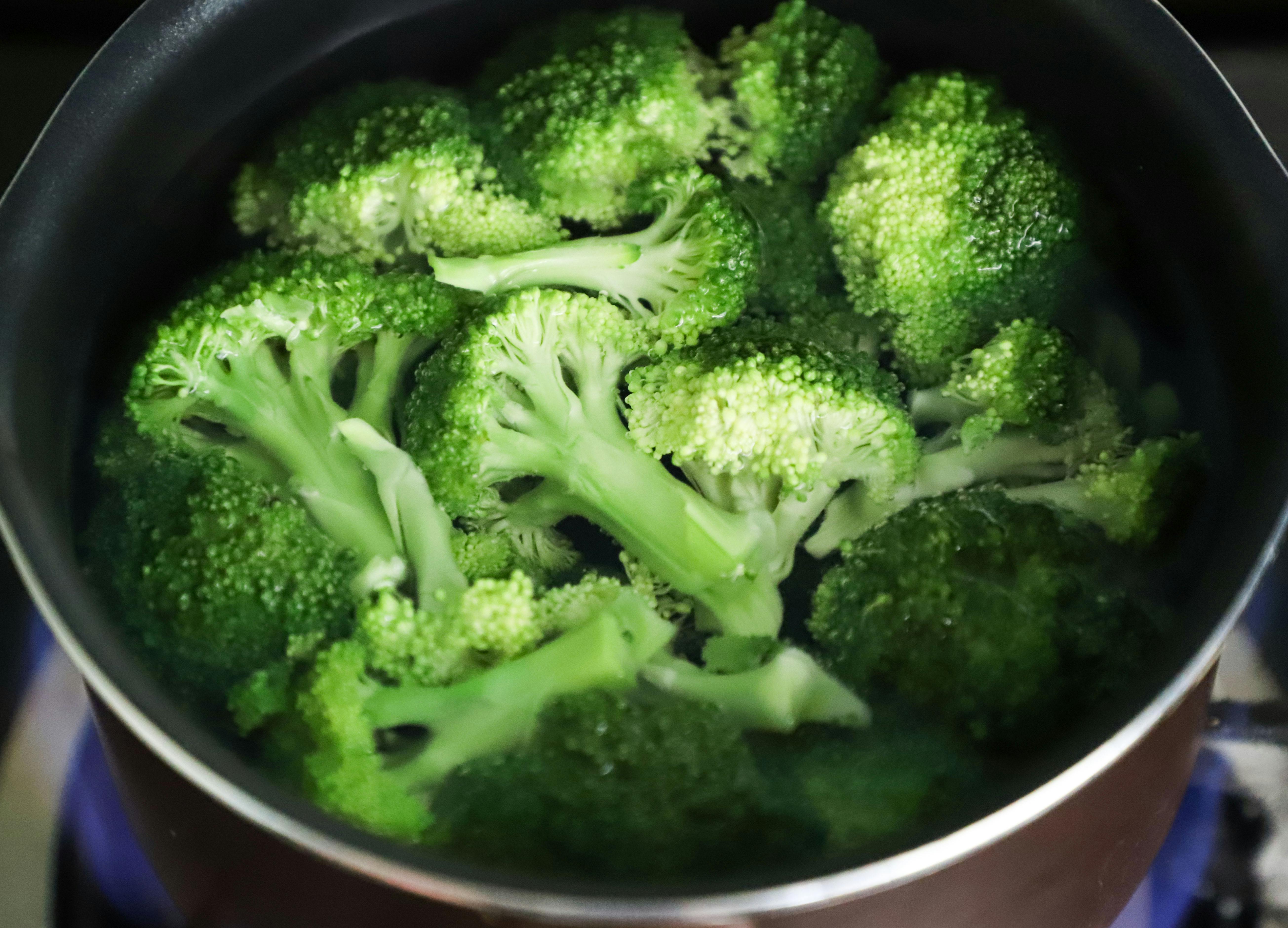
Broccoli sometimes gets skipped for fear of bloating or digestive upset, but this green vegetable has powerful detoxification benefits. Its standout compound, sulforaphane, activates the body’s natural cleansing systems, helping both the liver and kidneys filter out waste products. Broccoli is also loaded with fiber, vitamin C, and plant-based iron, all of which play roles in reducing inflammation and supporting overall kidney health. For even the most sensitive stomachs, gently steaming broccoli softens its tough fibers and brings out its natural sweetness—without drowning it in heavy sauces. Want more crunch? Try roasting florets in a hot oven for caramelized flavor, tossed with lemon zest and a sprinkle of herbs. Broccoli proves that “gassy” vegetables aren’t the enemy—they’re often just looking for a gentler introduction to your dinner plate.
6. Cauliflower: Bland Reputation, Protective Power
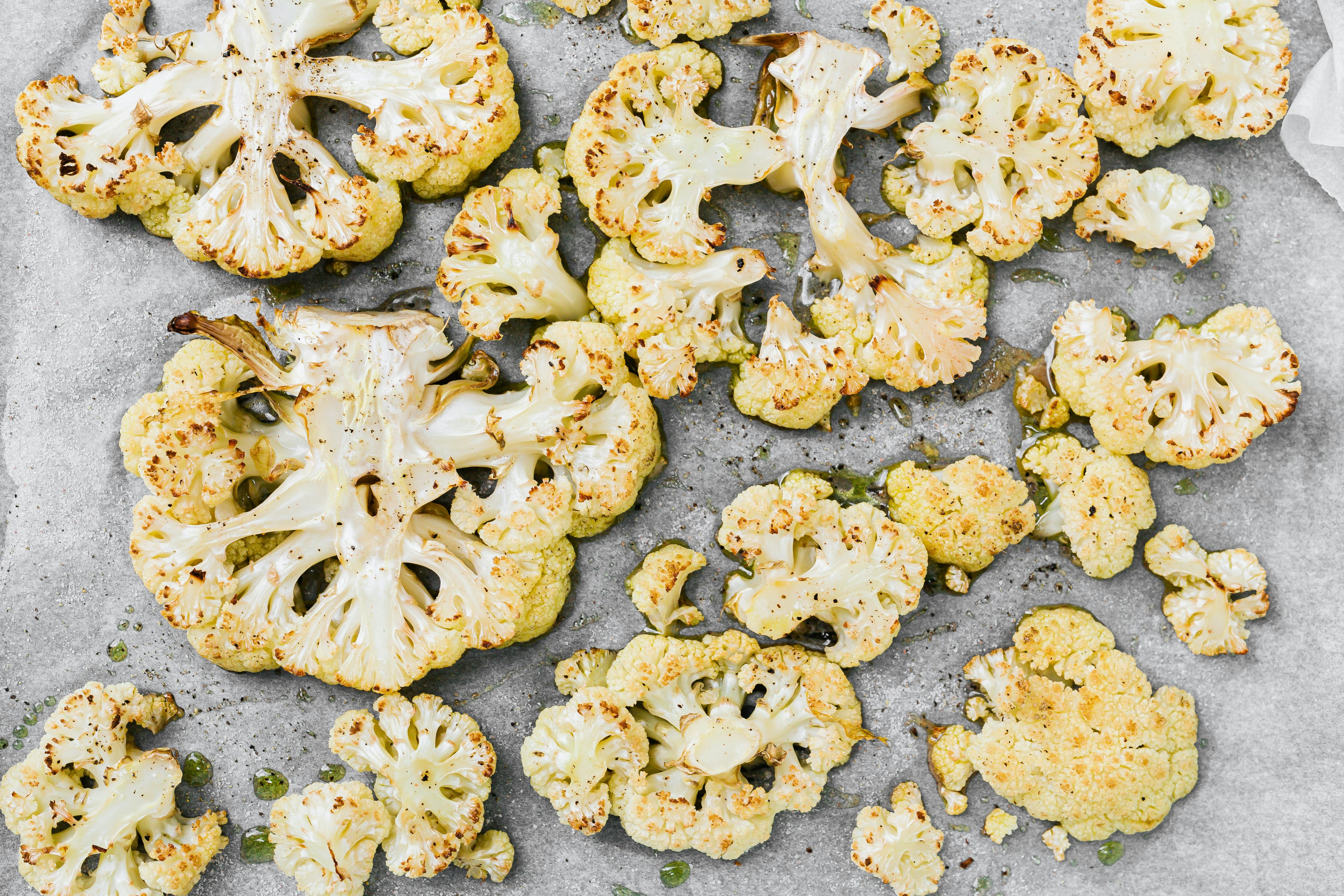
Cauliflower may earn a yawn thanks to its pale color and mild taste, but this veggie is so much more than a bland side dish. Underappreciated for its anti-inflammatory powers, it’s rich in vitamin K, vitamin C, and choline—nutrients that offer protection for kidney cells and help curb oxidative stress. Unlike vegetables high in potassium, cauliflower is gentle for the kidneys and naturally low in this mineral, making it a smart staple for those mindful of potassium intake. Transform raw cauliflower into something crave-worthy by roasting with olive oil and your favorite herbs, or blitzing into cauliflower rice for a low-carb, high-fiber alternative. You can even mash it for a creamy, comforting substitute to potatoes. By giving cauliflower a place on your plate, you’ll add a gentle, protective boost to your kidney routine.
7. Eggplant: Nightshade Drama, Nutrient Saver

Eggplant sits at the center of “nightshade controversy,” often guilted out of kidney-friendly menus due to its slightly bitter flavor or rumors about aggravating inflammation. But here’s a fresh perspective: eggplant delivers fiber and nasunin, a unique antioxidant that helps shield cell membranes—including those in kidney tissues—from oxidative damage. Its naturally low calorie count and satisfying texture make it easy to love, with benefits that include supporting the body’s ability to filter and clear waste. The bitter taste can be tamed by salting slices before cooking, and baking or grilling brings out its mellow creaminess and beautiful color. Whether you layer eggplant in a rustic bake or dice it for stir-fry, you’ll unlock its kidney-friendly goodness with every bite.
8. Bell Peppers: Acid Myths, Colorful Kidney Boost
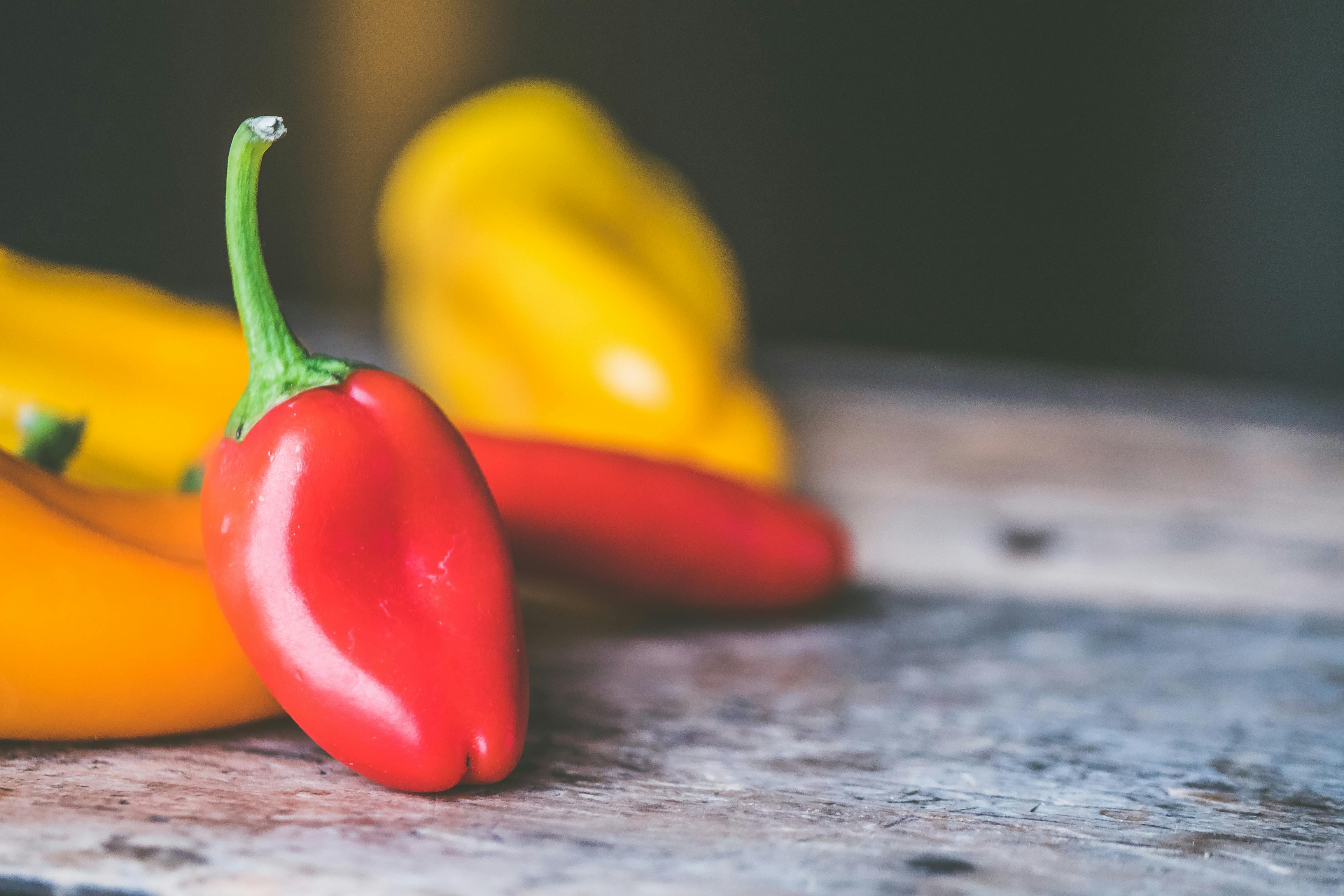
Bell peppers sometimes raise eyebrows for being “too acidic,” but they’re actually one of the gentler, most kidney-supportive options available. Their bright skins signal a treasure trove of antioxidants, especially vitamin C, and most varieties are low in potassium—great for those who need to limit their intake. The antioxidants in bell peppers may help shield kidney tissues from damaging free radicals and lower some types of inflammation. Bell peppers can be enjoyed raw for a satisfying crunch, or lightly roasted to draw out their signature sweetness. Try adding them to salads, homemade salsa, or as black bean dip scoops. These colorful veggies brighten both your meal and your kidney health outlook.
9. Kale: “Goitrogenic” Concerns, Leafy Lifeline
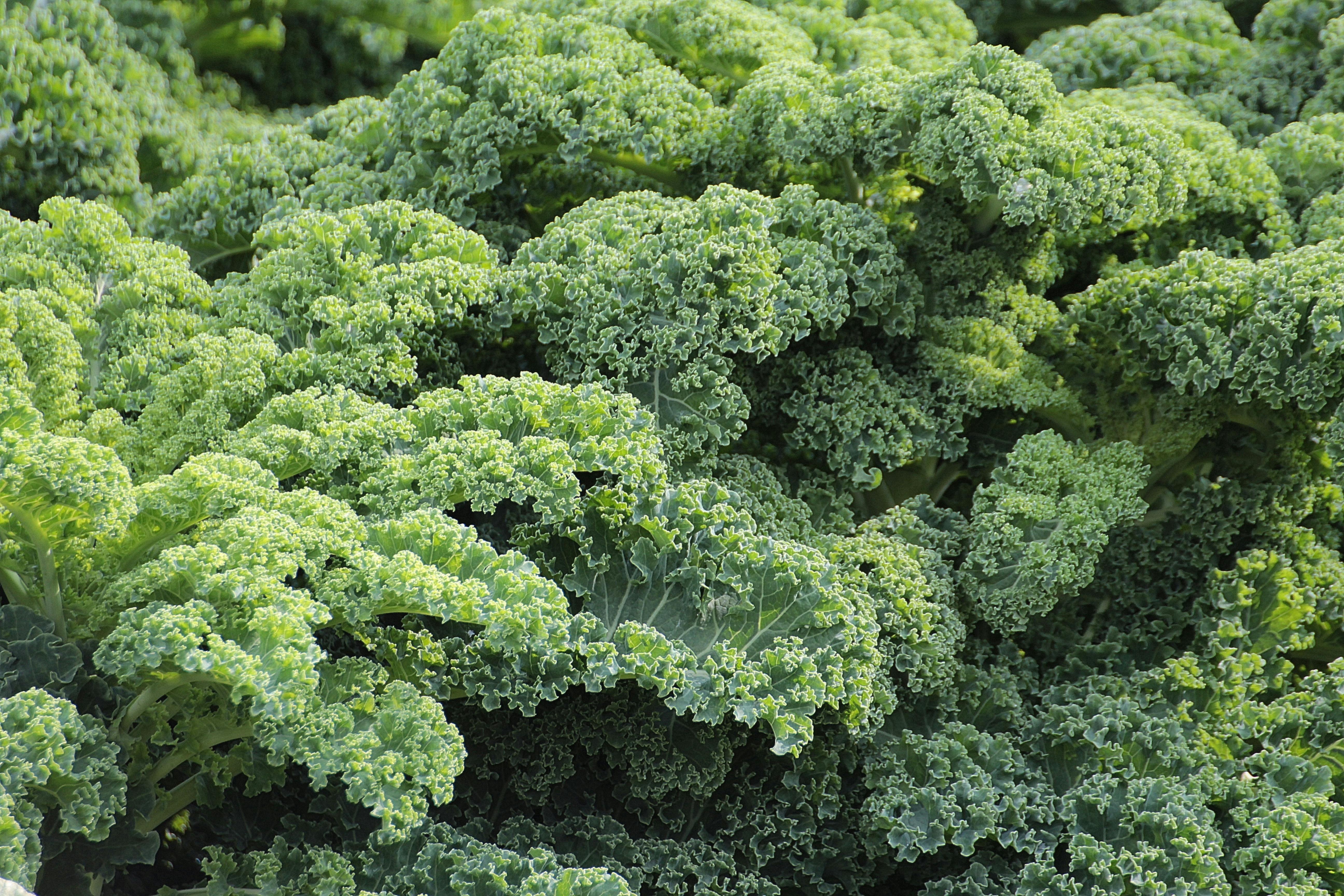
Kale’s reputation swings between health superfood and “goitrogenic” risk for the thyroid and kidneys. The truth lies somewhere in the middle; unless eaten in enormous, raw quantities daily, kale’s benefits far outweigh any risk for most. It’s packed with calcium, potassium, vitamin K, and fiber—nutrients that nurture renal, bone, and vascular well-being, while supporting hydration and gentle digestion. Massaging kale leaves with olive oil or lightly sauteeing breaks down tough fibers and makes it easier to digest. Rotating kale with other greens ensures variety and provides a rich mix of wellness-promoting compounds for your kidneys. Far from a risk, kale can become a supportive, joyful part of your eating routine.
10. Cabbage: “Boring” and Gassy, Real Renal Reset
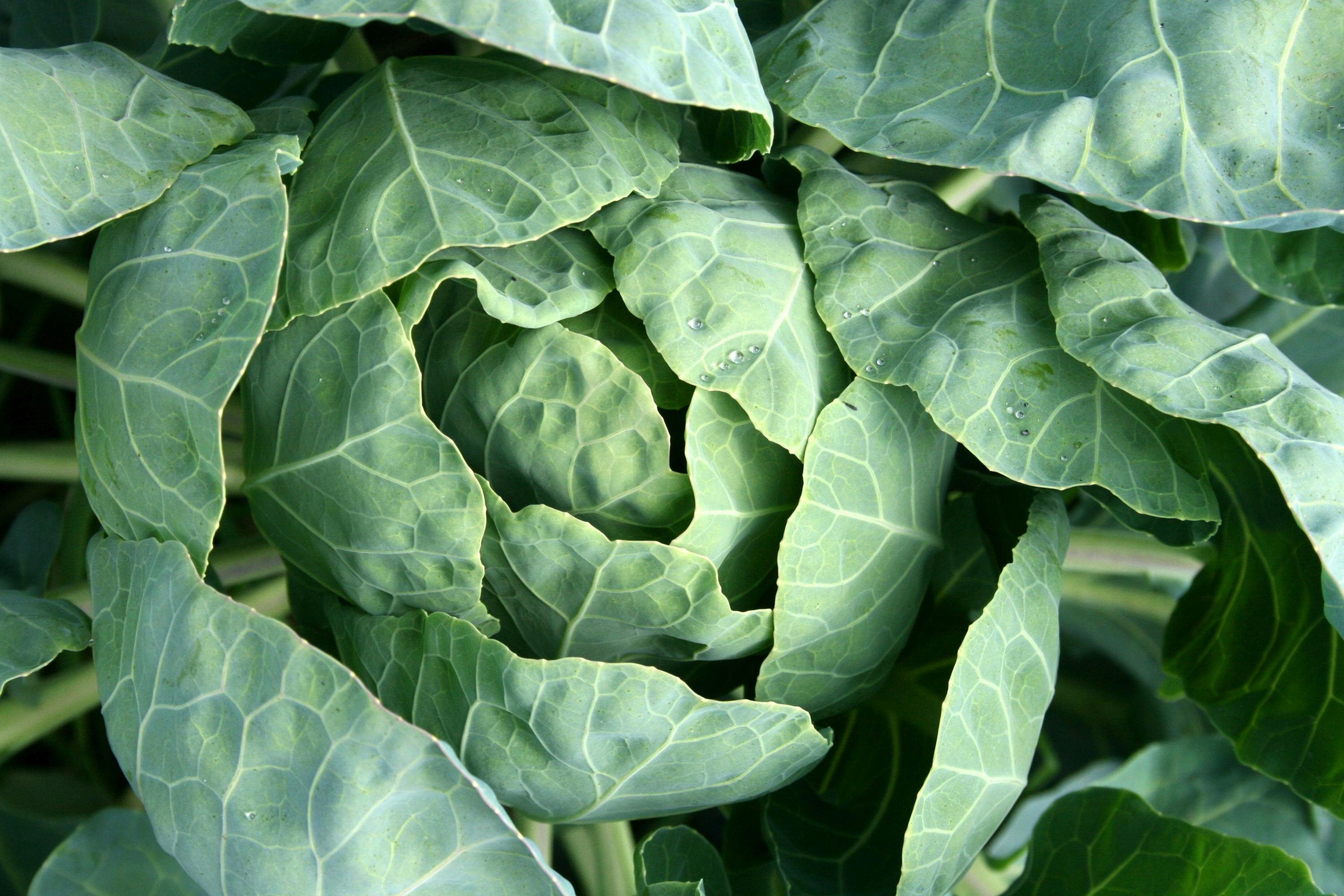
Cabbage rarely gets the attention it deserves, often overlooked as bland or avoided out of “gas-causing” fears. Yet this simple vegetable is refreshingly low in potassium and high in plant-based antioxidants that help soothe inflammation and support the body’s natural detox pathways—including those critical for kidney health. With supportive fiber for digestion, cabbage can gently help ease your kidneys’ workload without sacrificing flavor. Try it finely shredded as a crisp slaw, sautéed with garlic and apples, or gently fermented into tangy kimchi. When you look past the plain exterior, cabbage offers a truly satisfying, kidney-supportive experience with every crunchy bite.
11. Asparagus: The Gout-Fear Fallacy, Natural Diuretic Power
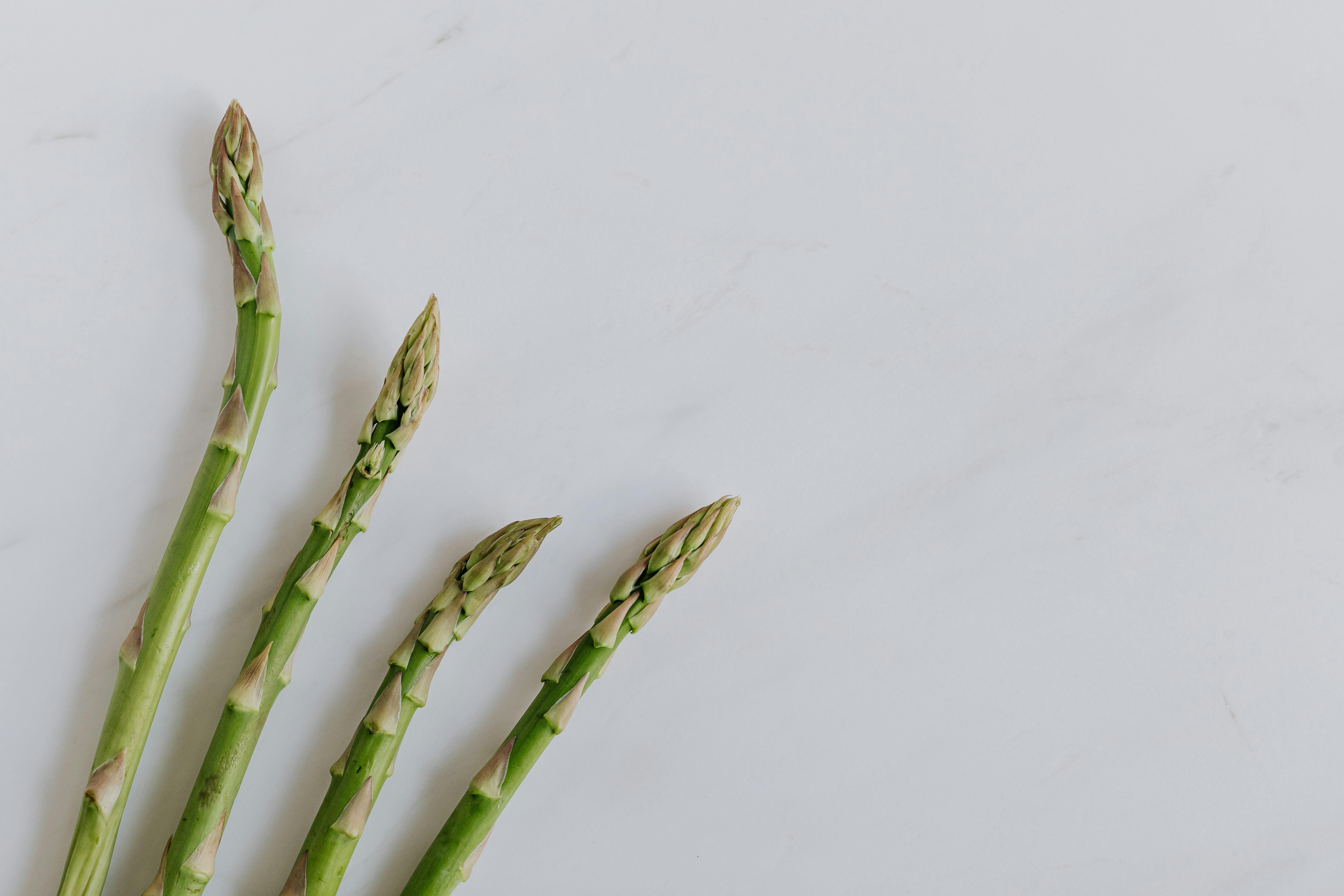
Asparagus has been mistakenly avoided by some due to old concerns about purines, compounds that can sometimes aggravate gout—a condition indirectly linked to kidney function. However, for the majority of people, this fear is unfounded, and asparagus is actually a powerful renal ally. It acts as a gentle, natural diuretic, helping the kidneys flush out excess fluids and salts, supporting balanced blood pressure and reducing the workload on the filtering system. Asparagus is also rich in inulin, a prebiotic fiber that feeds beneficial gut bacteria, which in turn supports a healthier internal environment that’s less stressful for the kidneys. Simple steaming or roasting brings out its best flavor and texture, making it an easy, effective way to support your body’s natural detoxification process.
12. Beets: Red Scare, Circulation Superpower
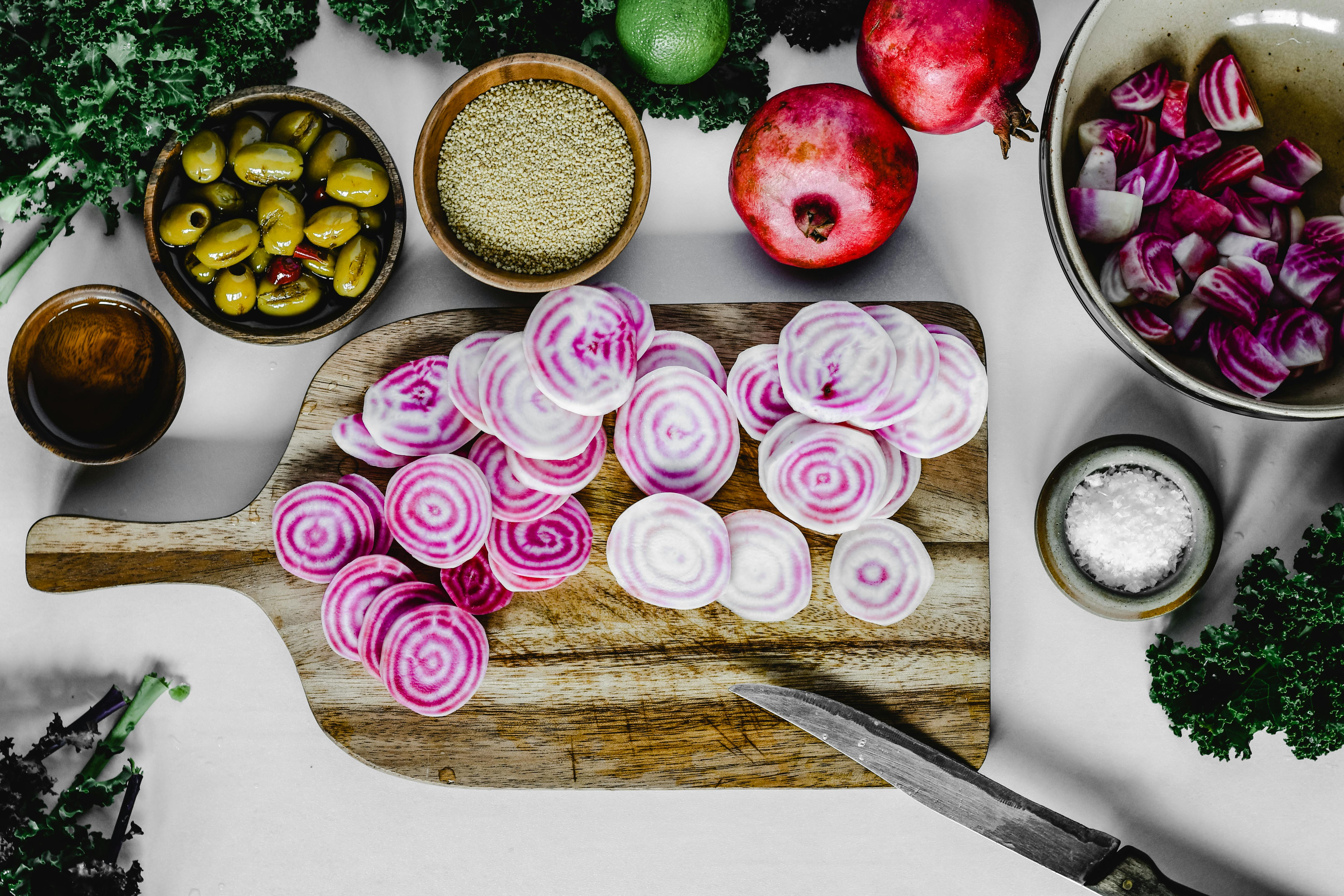
Often viewed with suspicion for their sugar content or because they can cause harmless but alarming red urine (beeturia), beets are a phenomenal boost for kidney-supporting circulation. They contain high levels of dietary nitrates, which the body converts into nitric oxide. This compound helps blood vessels relax and widen, improving blood flow and reducing overall blood pressure—a crucial factor in maintaining long-term kidney health. The beautiful red color comes from betalains, potent antioxidants that fight inflammation and protect cells from damage. Instead of treating them as a sugary root, try roasting them to bring out their earthiness, or grate them raw into a salad for a vibrant crunch.
13. Mushrooms (White Button/Cremini): Fungal Phobia, Vitamin D Defender

Though technically a fungus, mushrooms are frequently grouped with vegetables and sometimes dismissed for their spongy texture or for their high phosphorus and potassium levels in certain varieties. However, common white button and cremini mushrooms are low in sodium and cholesterol, and uniquely contain high amounts of B vitamins and selenium. Crucially, when exposed to UV light (either naturally or commercially), they become one of the few natural, non-animal sources of Vitamin D. This vitamin is essential for immune function and for regulating the parathyroid hormone, both of which are vital for healthy bones and kidneys, particularly as kidney function declines with age. Sautéing them quickly with a little garlic and olive oil unlocks their savory flavor and protective benefits.
14. Radishes: Spicy Bite, Digestive Support
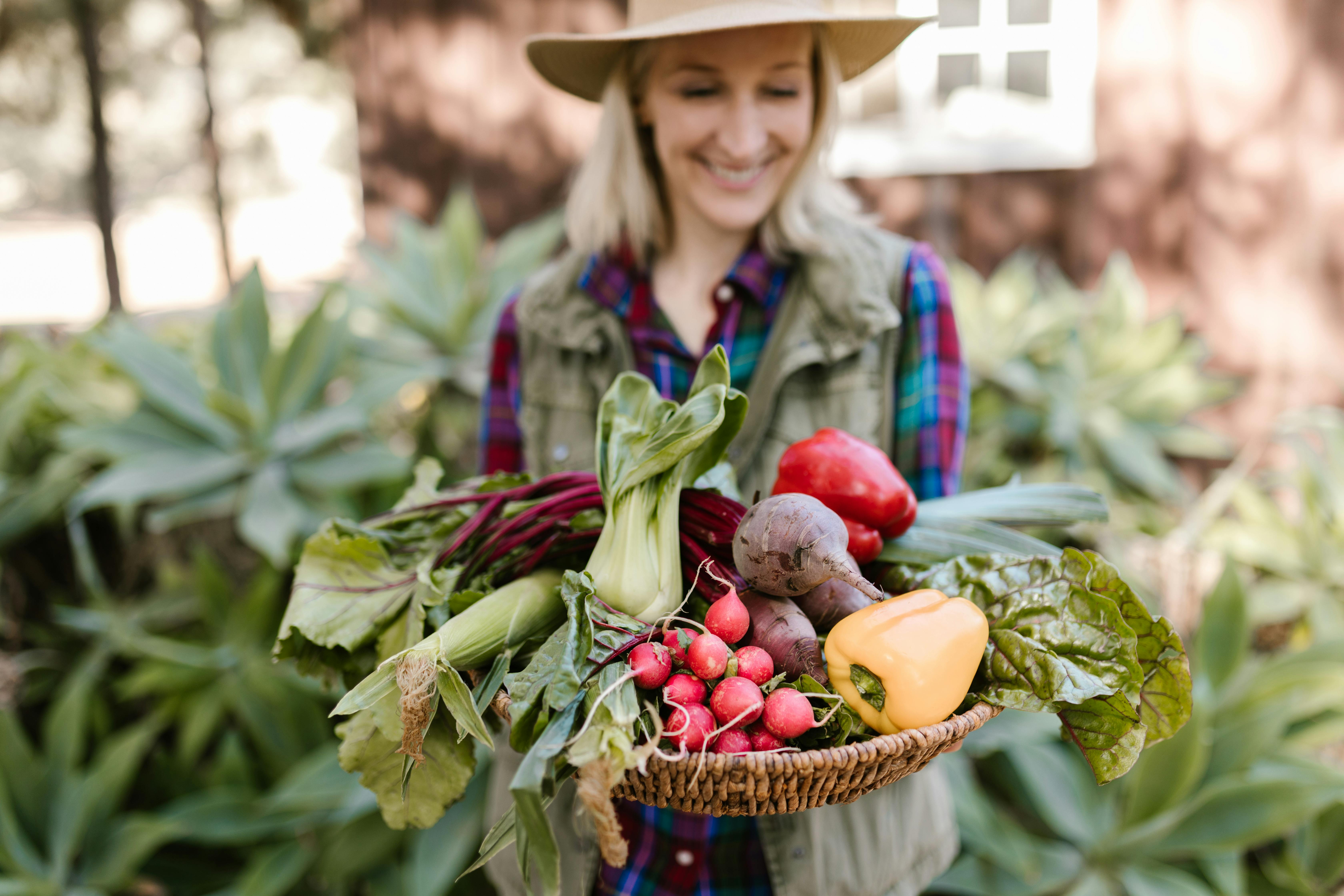
Radishes are often relegated to a quick, decorative slice on a salad and not seen as a true nutritional powerhouse, or they’re avoided for their spicy, peppery bite. Yet, this humble root vegetable is incredibly hydrating and naturally detoxifying. Its high sulfur compounds, similar to those in broccoli, gently support the liver and kidneys in their filtration duties. Furthermore, radishes are high in fiber and low in potassium, making them an excellent choice for those who need to manage their potassium intake while still needing digestive support. Their satisfying crunch and slight kick make them a fantastic replacement for chips, or a zesty addition to tacos and slaws.
15. Zucchini (Courgette): Watery Worry, Blood Sugar Buddy
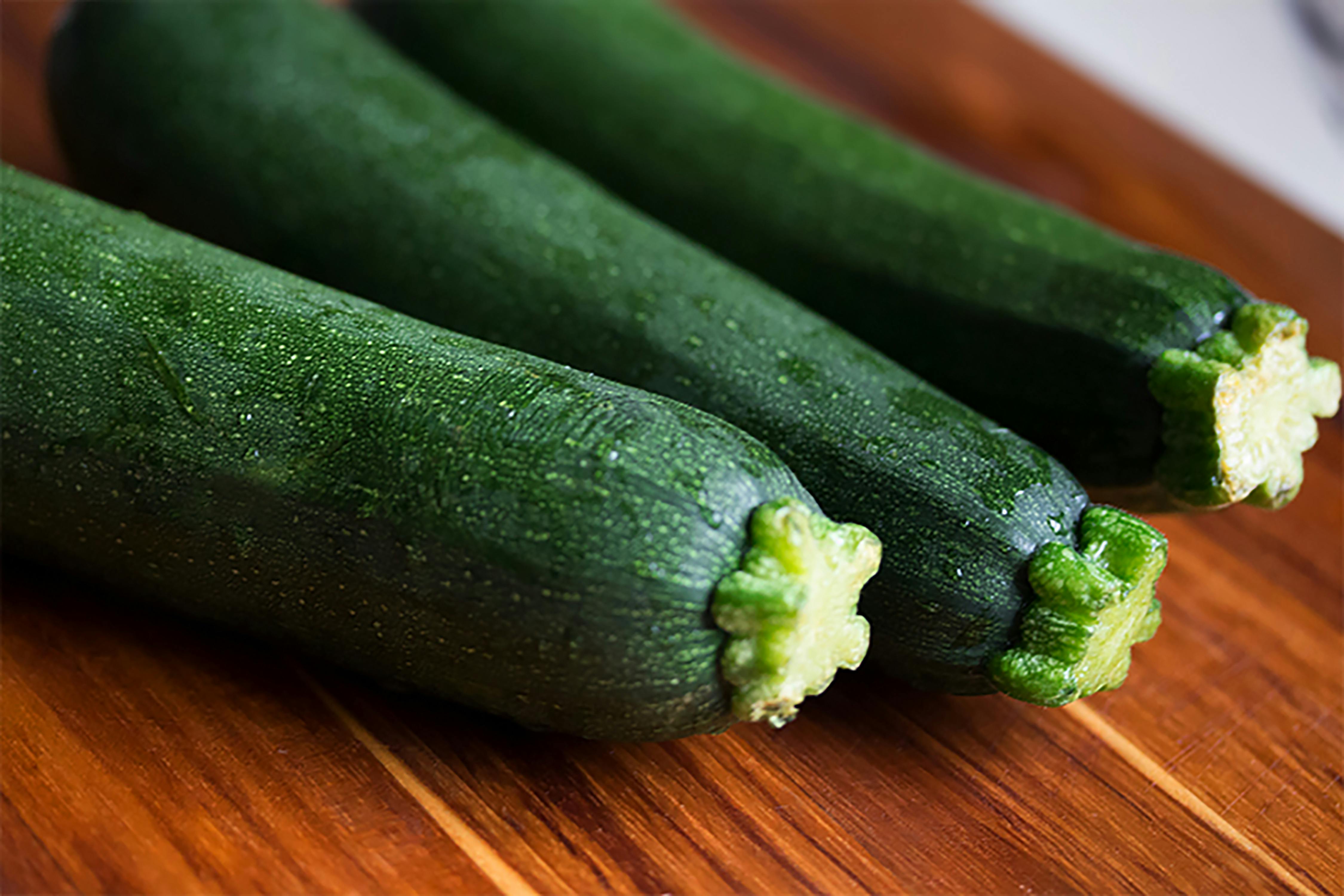
Zucchini is sometimes passed over because it’s perceived as being “mostly water” and lacking in concentrated nutrients compared to other vegetables. While it is certainly hydrating, this summer squash is a wonderful source of fiber, manganese, and Vitamin C, all while being naturally low in carbohydrates and potassium. The soluble and insoluble fiber in zucchini is particularly helpful because it can slow the rate at which sugars are absorbed into the bloodstream, helping to stabilize blood sugar levels. Maintaining stable glucose is a cornerstone of protecting long-term kidney health. Use a spiralizer to make zoodles, or slice and grill it to deepen the flavor and enjoy its gentle, protective effect on your metabolic health.
16. Red Cabbage (Raw/Shredded) — The Anthocyanin Detox Booster

Red Cabbage is an incredibly affordable and versatile kidney ally, largely overlooked because its nutrients are harder to access when cooked. Its vibrant color comes from anthocyanins, powerful antioxidants that protect the small blood vessels and capillaries, including the delicate filtering structures in the kidneys, from oxidative damage. Furthermore, when eaten raw and shredded (like in a slaw), its gentle, insoluble fiber acts as a gut binder, attaching to toxins in the digestive tract and helping to clear them before the kidneys need to process them. This effectively reduces the overall workload on the renal system, providing a supportive, gentle detox boost.
17. Parsley (Fresh/Chopped) — The Apigenin and Bioflavonoid Cleanser
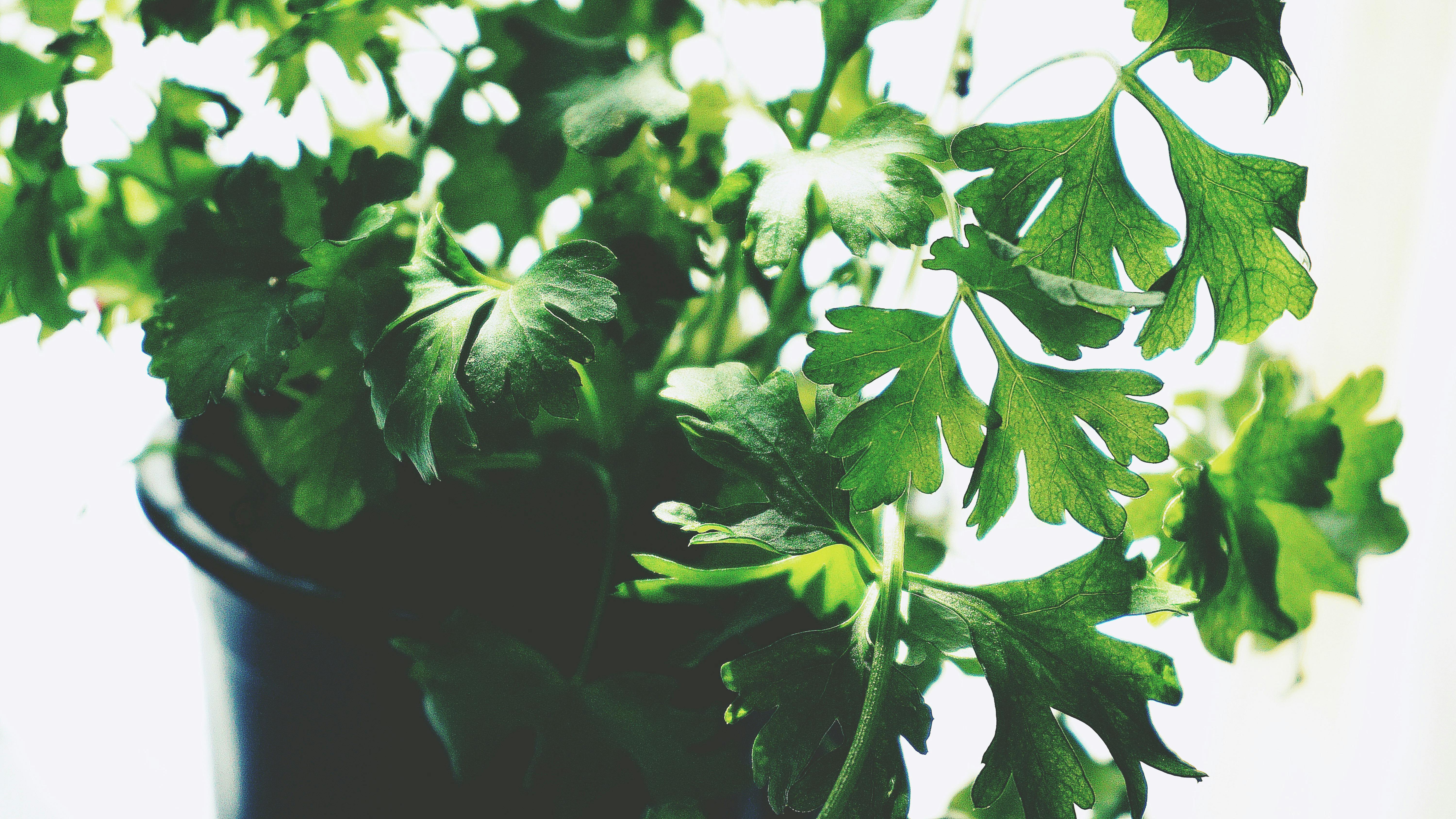
Often relegated to a garnish, fresh parsley is a powerhouse of bioflavonoids, notably apigenin. While its high Vitamin K and C content is beneficial, apigenin is a potent anti-inflammatory agent that specifically supports liver function, which is critical because a well-functioning liver takes pressure off the kidneys. Parsley is also a mild, natural aquatic diuretic, gently encouraging the healthy flow of urine without causing severe electrolyte shifts. Chopping a generous amount of fresh parsley into salads, tabbouleh, or sauces offers an easy, low-potassium way to introduce concentrated antioxidants that help the entire fluid filtration system run smoothly.
18. Arugula (Rocket) — The Nitric Oxide and Glucosinolate Blend

Arugula, or rocket, is a peppery green often avoided because people worry that its strong flavor means it's high in acidity or irritants. In reality, arugula is an excellent source of dietary nitrates (like those in beets) which the body converts to nitric oxide, relaxing blood vessels and improving blood flow to the kidneys—a vital factor for health. It’s also a cruciferous vegetable, providing unique sulfur-containing glucosinolates. These compounds stimulate liver detoxification enzymes, allowing the body to safely eliminate waste without relying solely on the kidneys, offering a dual benefit for both circulation and filtration.
19. Water Chestnuts (Canned/Fresh) — The Low-Mineral Crisp
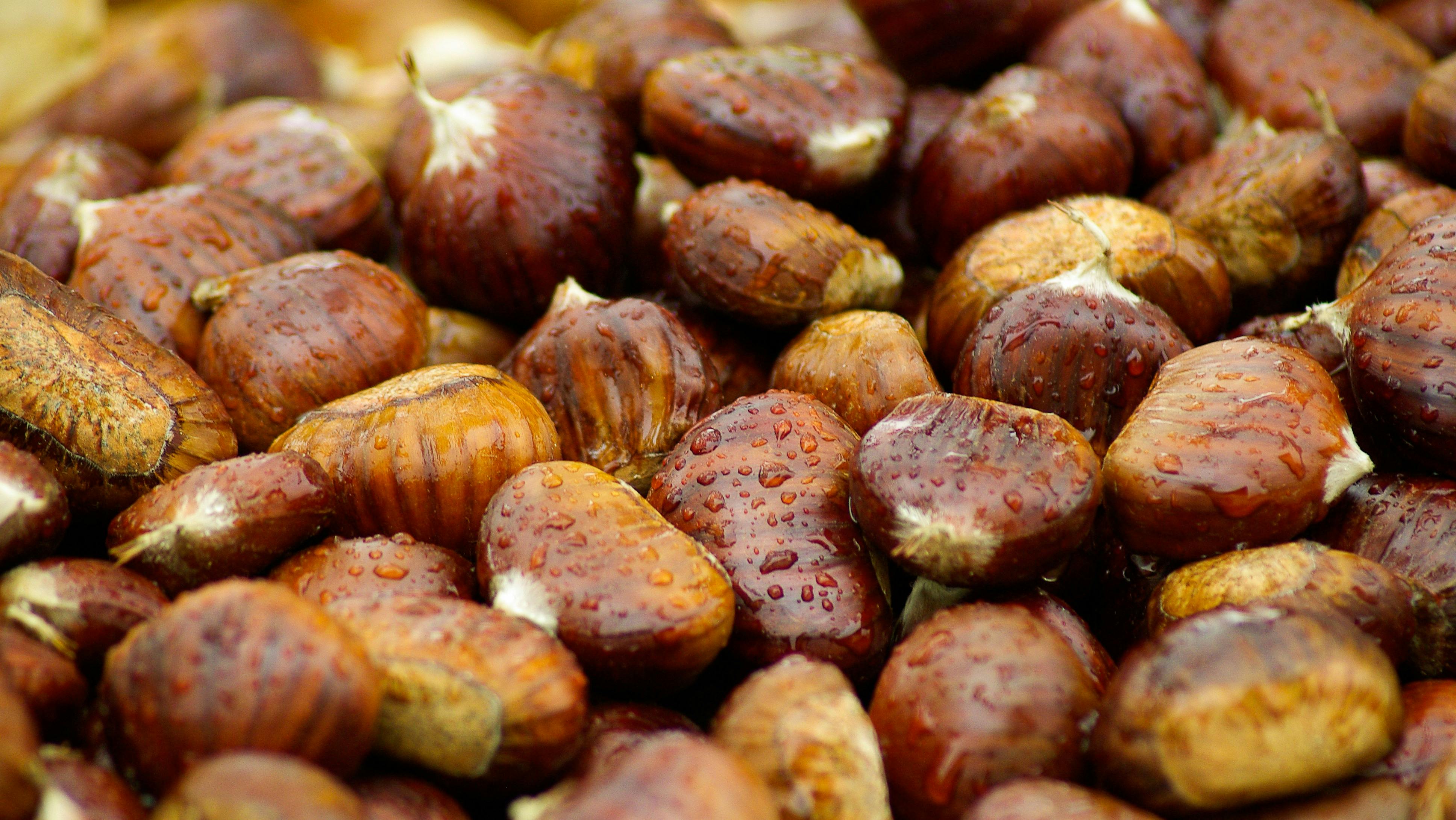
Water chestnuts, commonly added to stir-fries for crunch, are often ignored as a plain filler ingredient. For kidney health, they offer a unique and highly beneficial profile: they are exceptionally low in potassium, phosphorus, and sodium, making them a perfect textural element for individuals who are on strict mineral restrictions (like those with late-stage kidney disease). For general kidney wellness, they are a good source of fiber and hydration with a very mild flavor. Rinsing canned water chestnuts thoroughly and adding them to dishes is a simple, effective way to increase meal satisfaction without adding an electrolyte burden.
20. Endive/Chicory — The Intestinal Prebiotic Scrubber
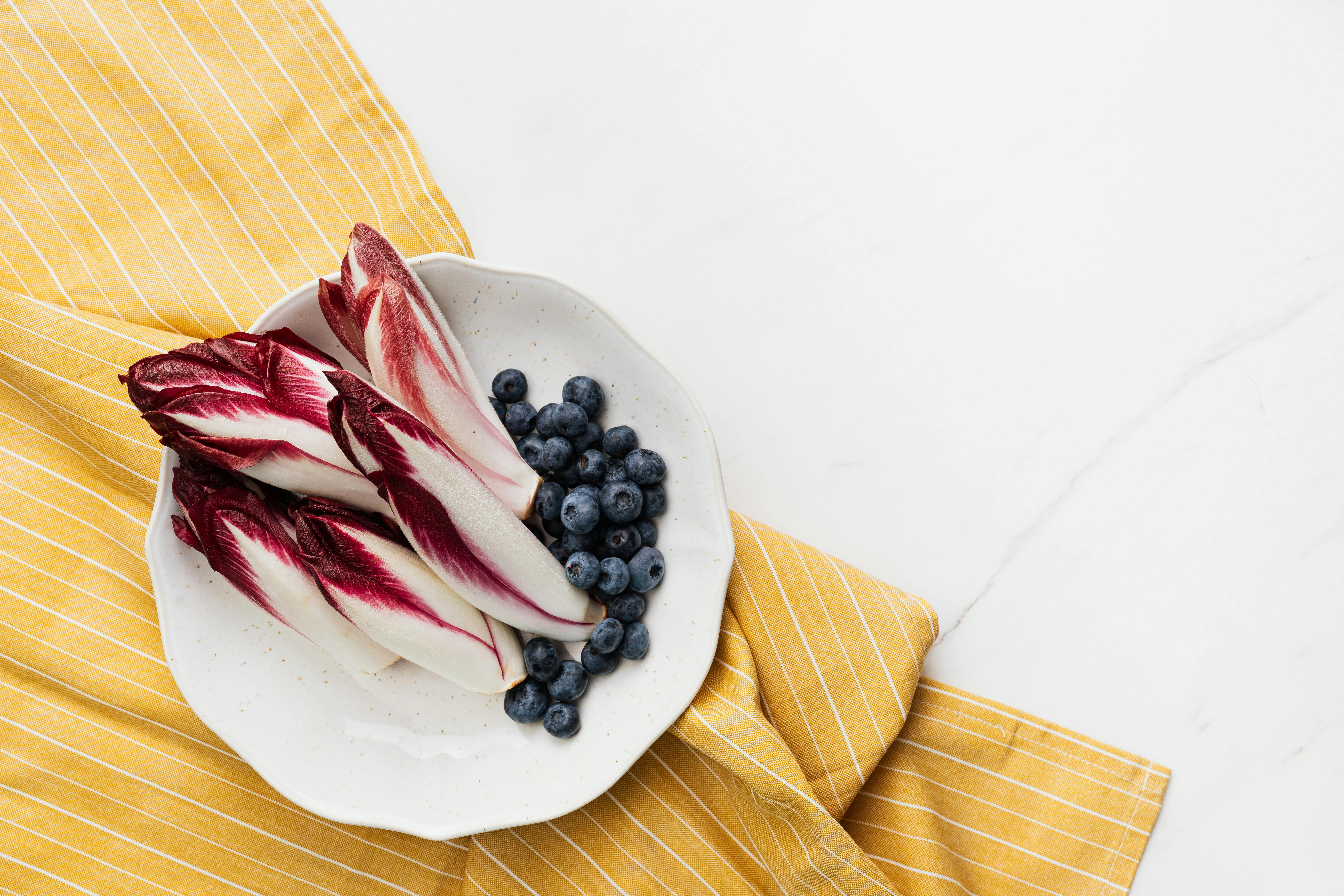
Endive (and its close relative, chicory) is a bitter, leafy vegetable sometimes avoided due to its perceived "roughness" or unfamiliarity. Its bitterness stimulates the production of bile, which aids in digestion and takes pressure off the kidneys. Crucially, endive contains high levels of inulin, a powerful prebiotic fiber. By feeding beneficial gut bacteria, inulin helps the colon process and eliminate more toxins and waste, acting as an "intestinal scrubber" and significantly lowering the overall toxin load that would otherwise be filtered by the kidneys. Use the leaves raw in salads or lightly grill them to reduce bitterness while maximizing the prebiotic scrub.
21. Fresh Cilantro (Coriander) — The Detoxification Binder
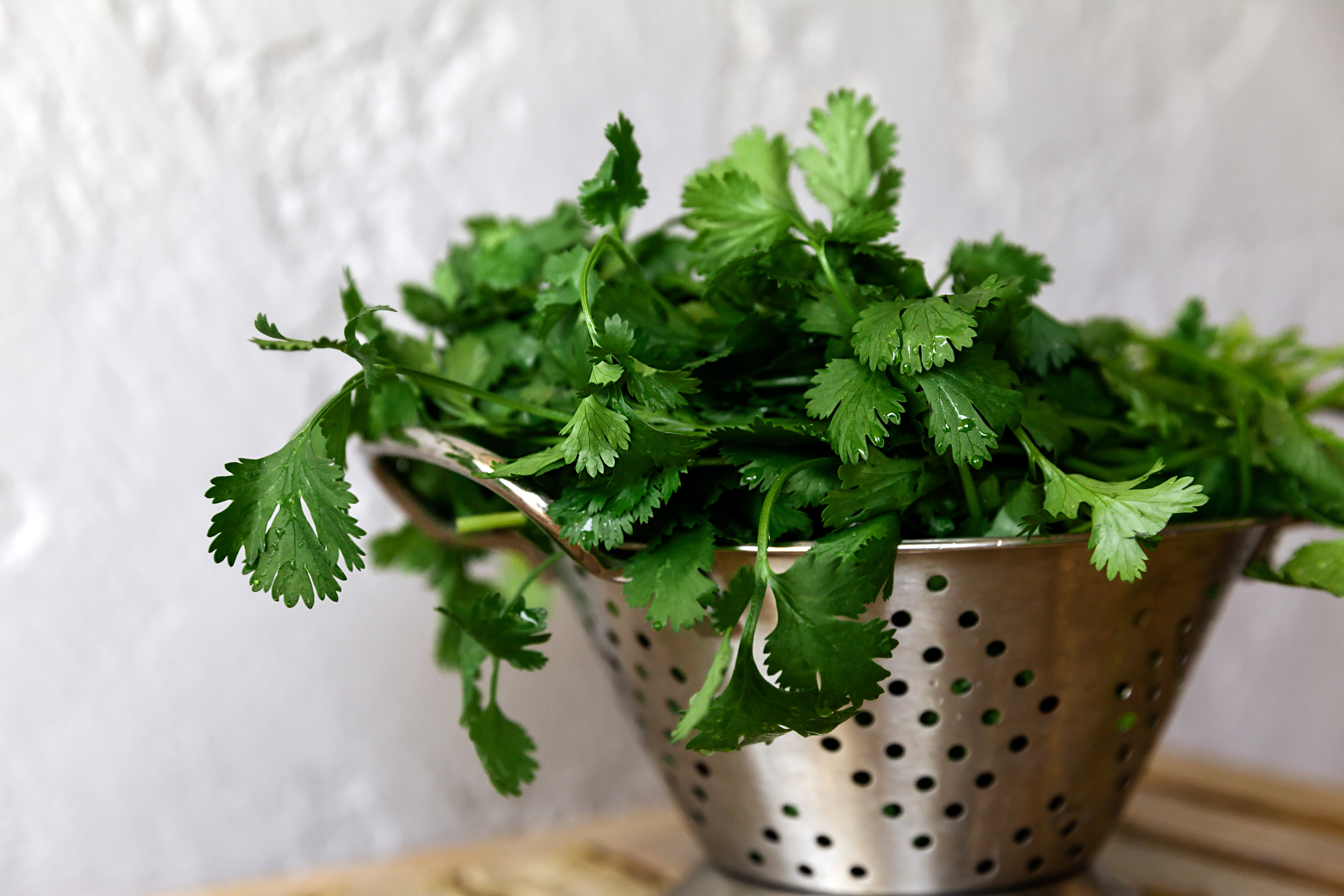
Often used as a fresh garnish, cilantro is a powerful, low-potassium herb that can support the kidneys indirectly through detoxification. Studies suggest cilantro contains compounds with mild chelating properties, helping to bind to and remove heavy metals (like lead and mercury) that are difficult for the kidneys to filter alone. By aiding in the clearance of these compounds through the digestive tract, cilantro reduces the systemic toxic load and eases the burden on the renal system. Blend fresh cilantro into salsas, chutneys, or smoothies for this subtle, natural cleansing boost.
22. Fennel Bulb — Anethole and Gentle Diuretic Action

The crisp, white fennel bulb, with its mild licorice flavor, is an exceptional vegetable for kidney-friendly fluid management. It acts as a gentle aquatic diuretic and is naturally low in sodium. Fennel also contains the compound anethole, which possesses anti-inflammatory properties that soothe the digestive tract. By encouraging the steady and easy flow of urine without stressing the kidneys, and by providing anti-inflammatory relief, fennel supports fluid balance and helps prevent water retention, all while remaining low in potassium and phosphorus.
23. Jicama (Yam Bean) — The Inulin and Low-Glycemic Tubers

Jicama, the crunchy, brown-skinned root vegetable, is a hidden gem for kidney health. Unlike typical starches, its carbohydrate content is primarily inulin, a prebiotic fiber. This high-fiber, low-glycemic profile means Jicama doesn't cause the rapid blood sugar spikes that damage kidney blood vessels over time. For those managing diabetes (a major kidney risk factor), this makes Jicama an ideal snack. Enjoy it peeled and raw in salads or sliced as a substitute for chips, providing hydration, crunch, and metabolic stability.
24. Green Grapes — The Fluid Balance and Resveratrol Duo
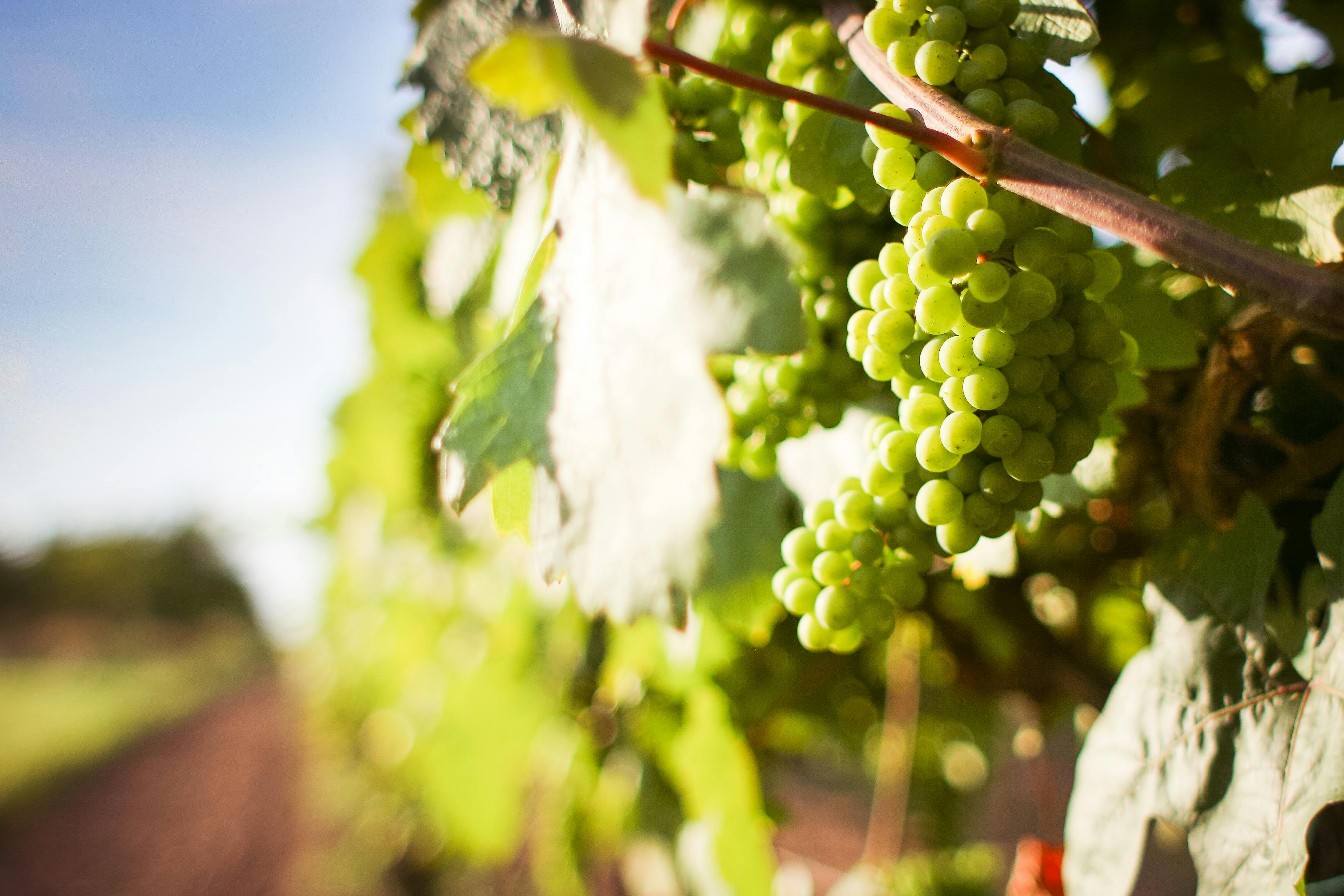
Green grapes are a refreshing way to support renal function through fluid balance and antioxidant protection. They are high in water, which aids hydration and urine flow, and contain resveratrol, a potent antioxidant. Resveratrol has been studied for its protective effects on the cardiovascular system, which directly benefits the kidneys' tiny filtering units (nephrons). Eating fresh green grapes or using 100% white grape juice provides easily digestible sugars, hydration, and cellular defense—a simple, delicious treat for sustained renal vitality.
25. Celery (Raw/Juiced) — Luteolin's Anti-Fibrotic Power
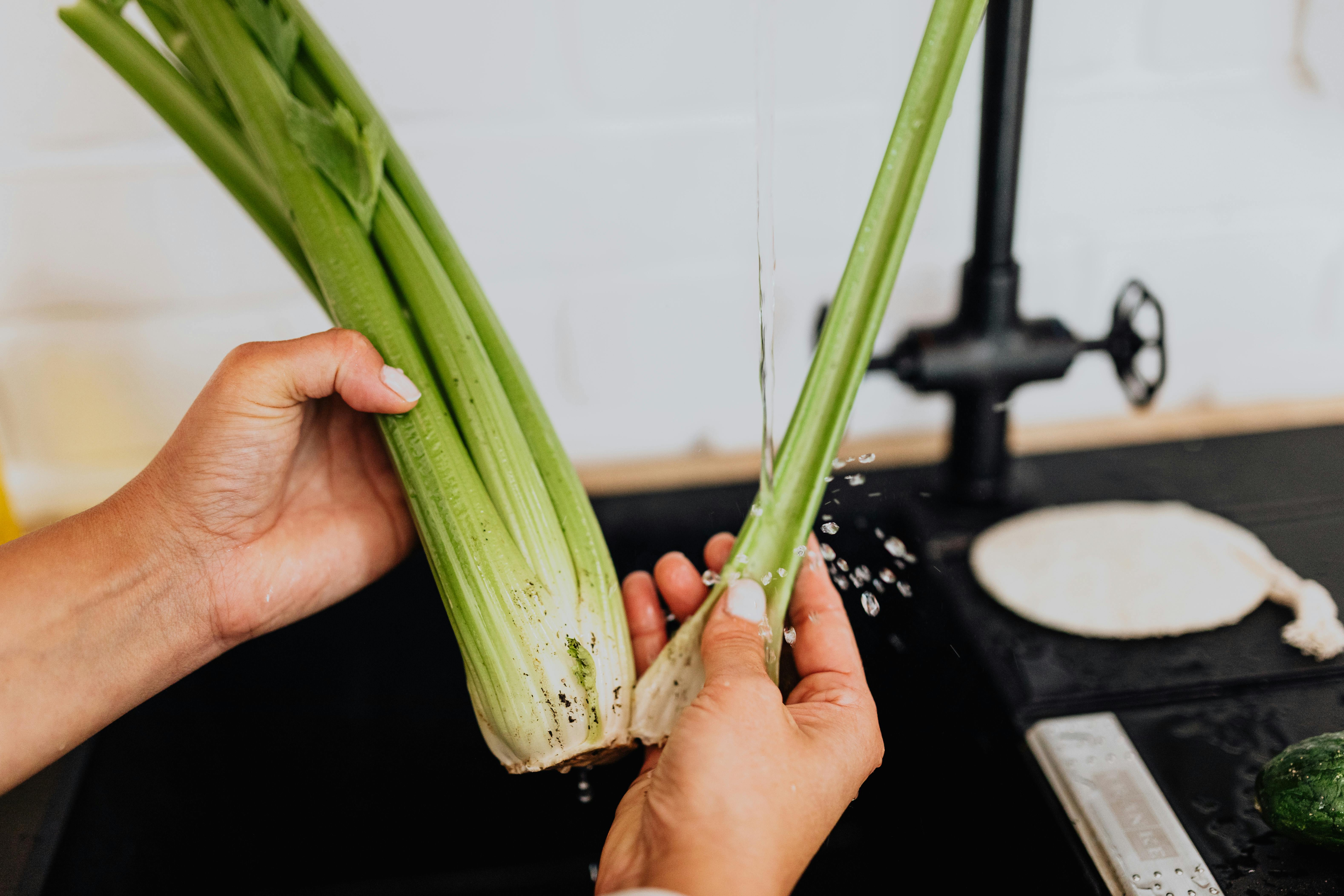
Often seen as just a crunchy filler, celery is one of the richest sources of the potent flavonoid Luteolin. Clinical studies have shown Luteolin to have significant renoprotective and anti-fibrotic effects, meaning it actively works to prevent the scarring and thickening of kidney tissue—a hallmark of progressive kidney damage. Luteolin also reduces key inflammatory cytokines that damage the renal system. Celery is also highly hydrating and extremely low in sodium and potassium. Eating raw celery sticks or incorporating the leaves into salads is a simple, effective way to deliver these protective compounds.
25. Kohlrabi (German Turnip) — The Sulfur and Fiber Detox
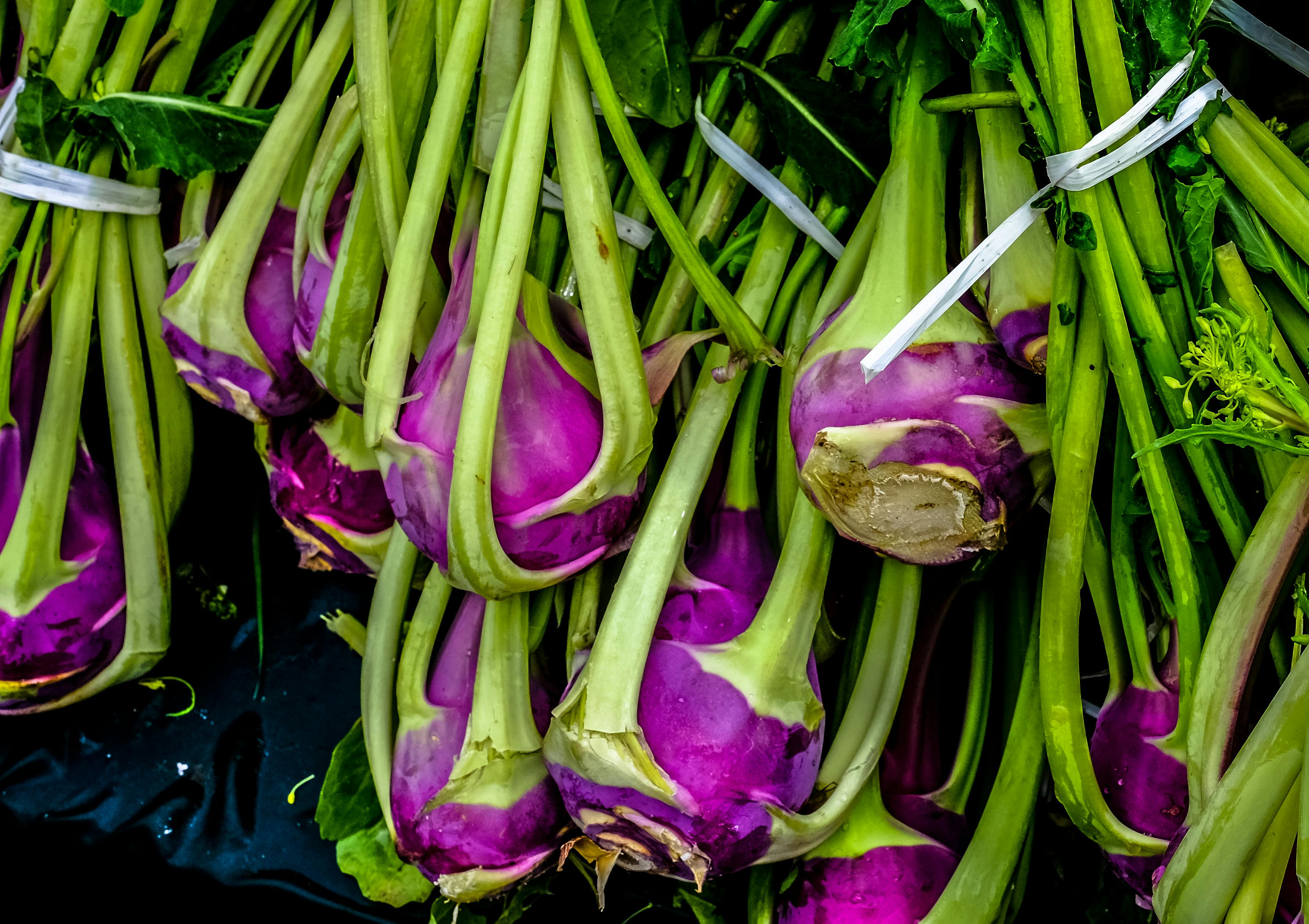
The unique, bulbous Kohlrabi is a cruciferous vegetable with a mild, sweet flavor, similar to a broccoli stem. Like its cruciferous cousins, it contains glucosinolates (sulfur compounds) that stimulate the liver's Phase II detoxification enzymes. This action helps the liver neutralize and safely prepare toxins for elimination, reducing the chemical burden that reaches the kidneys. Kohlrabi is also low in potassium, making it an excellent, kidney-friendly vegetable. Enjoy it raw and sliced into sticks, or lightly steamed for a highly effective detox boost.
A New Chapter for “Bad” Vegetables—and for You
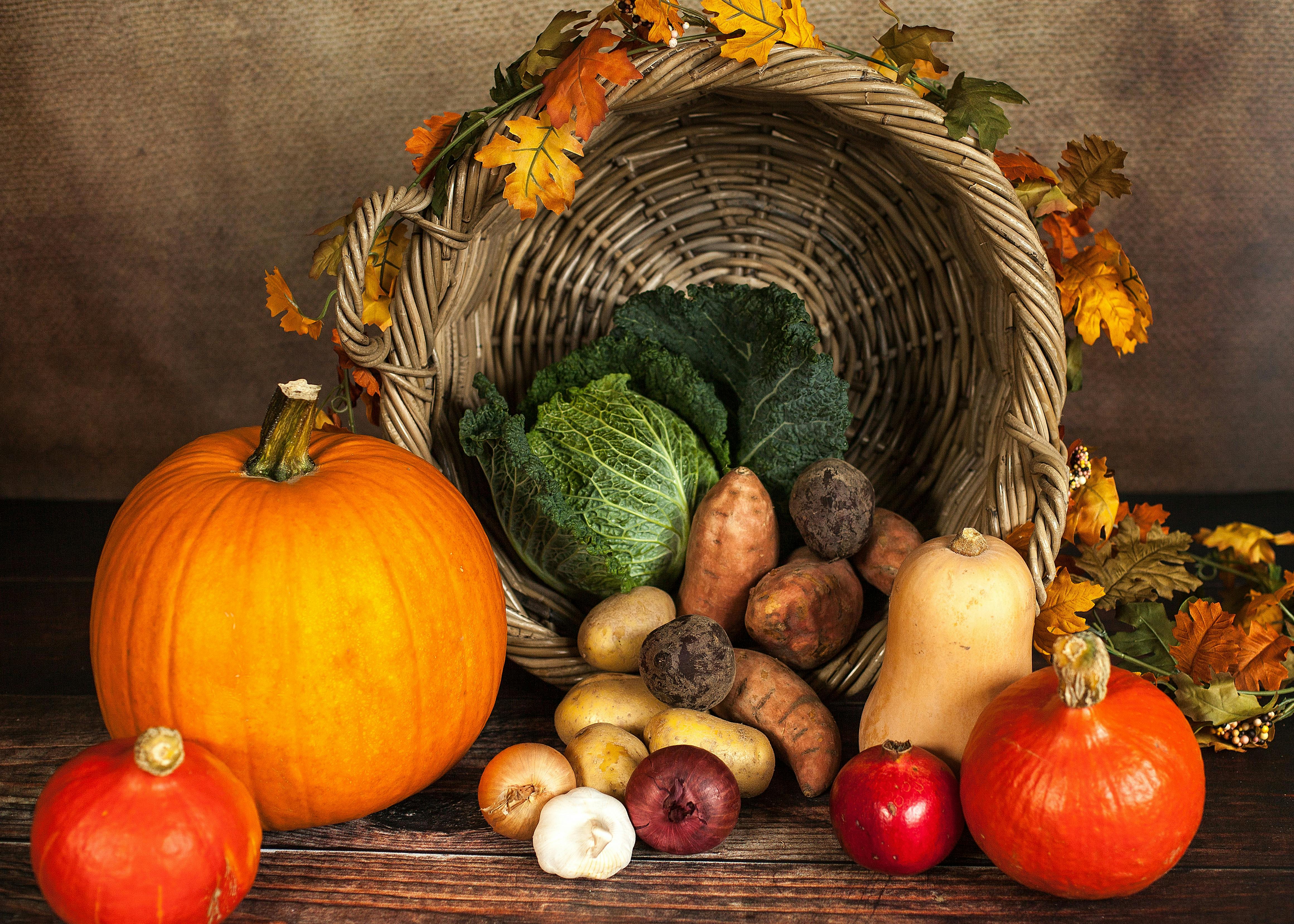
There’s freedom in discovering that enjoying variety is not only delicious but nourishing for your whole body. If you’re new to these veggies, try a single, small serving as a first step, savoring the flavors and noticing how your body responds. By making room for these kidney superstars, you’re not just supporting your renal health—you’re embracing the idea that wellness is a collection of simple, sustainable choices. And that’s something worth celebrating on every plate, at every age.
